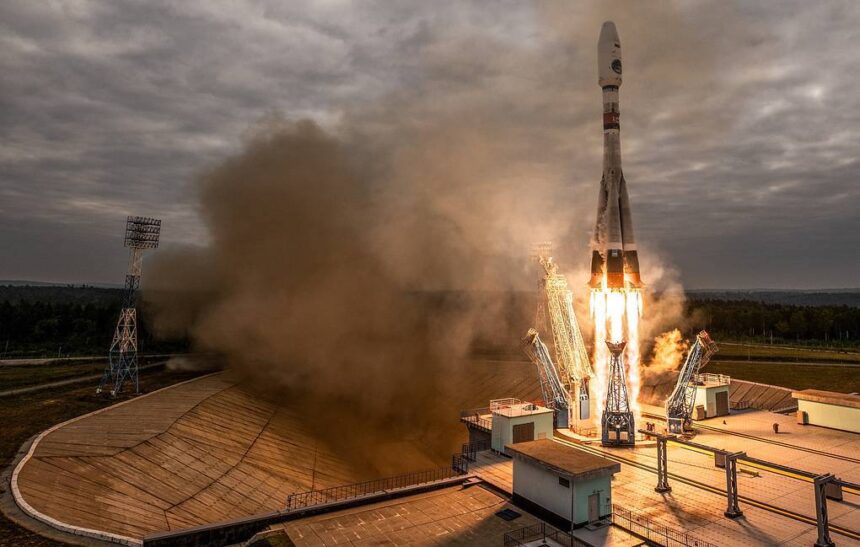Emmanuel Thomas , with TASS reports
MOSCOW – The Soyuz-2.1b carrier rocket with the Luna-25 automatic lunar station, the first independent mission by modern Russia after its first mission 47 years ago under the Soviet Union, USSR has crash landed in the moon.
According to Roscomos, preliminary data shows Luna-25 lunar probe collided with Moon’s surface
The Luna-25 automatic lunar station, according to unconfirmed data was destroyed after colliding with the Moon’s surface, Russia’s State Space Corporation Roscosmos told journalists on Sunday.
The agency recalled that on August 19 that the lunar probe was scheduled to receive propulsion thrust to descend into its landing trajectory on the Moon’s elliptical orbit.
“At about 2:57 p.m. Decree time, the connection with the Luna-25 automatic lunar probe was lost,” according to Roscosmos.
The Russian space agency noted that all measures regarding the location of the spacecraft and establishing communications with it on August 19 and 20 yielded zero results.
“Preliminary analysis results suggest that a deviation between the actual and calculated parameters of the propulsion maneuver led the Luna-25 spacecraft to enter an undesignated orbit and it ceased to exist following a collision with the surface of the Moon,” Roscosmos stated.
The agency added that a special interdepartmental commission is already investigating the cause of the Russian lunar spacecraft’s crash.
Luna-25 lunar mission
A Soyuz-2.1b carrier rocket with the Luna-25 automatic lunar station blasted off from the Vostochny spaceport in the Russian Far East at 2:10 a.m. Moscow time on August 11. On August 12 and 14, the automatic probe adjusted its flight path twice.
The lunar lander was set to enter lunar orbit on August 16 and softly touch down on the Moon’s surface on August 21.
The Luna-25 mission aimed to test a soft landing on the surface of the Earth’s natural satellite. The automatic station could have become the first mission to land on the Moon’s south pole.
The station was to study the internal structure of the Moon and explore natural resources, including water, and also study the impact of cosmic rays and electromagnetic radiation on the Moon’s surface.
Several video cameras were installed aboard the Luna-25 automatic station. They were intended to record a time-lapse of the landing, a panorama of the Earth’s natural satellite in the HDR format and settling dust for its study.
The Luna-25 was to make a programmed video-recording and take photos of the Moon on a command from Earth.

